Steps you can take to protect your young athlete

We all know that nutrition is important for your child’s growth and development. But your child’s growth — particularly height — also depends on bone growth plates.
Advertisement
Cleveland Clinic is a non-profit academic medical center. Advertising on our site helps support our mission. We do not endorse non-Cleveland Clinic products or services. Policy
When those growth plates become damaged through a sports-related injury or accident, they not only can be painful but also can affect how well and how long your child’s arms, legs, hands and feet grow.
Growth plates are thin cartilage discs at the end of long bones in children and adolescents.
“As the cartilage cells in the discs multiply, the bones grow longer,” says pediatric orthopedic surgeon R. Tracy Ballock, MD.
Growth plates continue to lengthen bones until about age 14 in girls and age 16 in boys,” Dr. Ballock says. “In both genders, the surge of estrogen at puberty causes growth plate cartilage to change into solid bone.”
Growth plates disappear when the skeleton reaches maturity and the bones stop growing. However, bones can stop growing earlier — stunting physical development and causing functional problems — if the growth plates become severely damaged, Dr. Ballock says.
Growth plate injuries happen in a similar fashion to broken bones. They can be caused by:
Advertisement
“When a limb becomes stressed in some way, it breaks wherever it’s weakest,” Dr. Ballock says. “Cartilage is weaker than bone, so in children, injuries can be more common in the growth plate.”
If your child complains of pain in the shoulder or joints, don’t decide that there is no injury because your child can wiggle their fingers or toes or there is no swelling or bruising. Those signs aren’t reliable indicators.
The most reliable sign of a growth plate injury is tenderness at a single point, Dr. Ballock says.
“It may not hurt anywhere outside that point,” Dr. Ballock says. “And it might not look like anything is wrong.”
Other indicators include:
If there’s a growth plate injury, doctors can treat it with casts or splints.
“Casts or splints keeps the limb immobile so it can heal better,” Dr. Ballock says. “If a bone is out of alignment, we may need to perform surgery to reposition it and possibly keep the bone growing.”
You may not be able to prevent growth plate injuries, but you and your child can take precautions. Dr. Ballock recommends these three:
No matter how it happens, if you suspect your child has injured a growth plate, it’s time to make a doctor’s appointment for an evaluation.
“Sometimes injuries can heal on their own,” Dr. Ballock says. “But without treatment, kids will have more pain and a higher risk of more severe, possibly growth-stunting damage.”
Advertisement
Learn more about our editorial process.
Advertisement

Most recommended precautions center around minimizing bruising or swelling
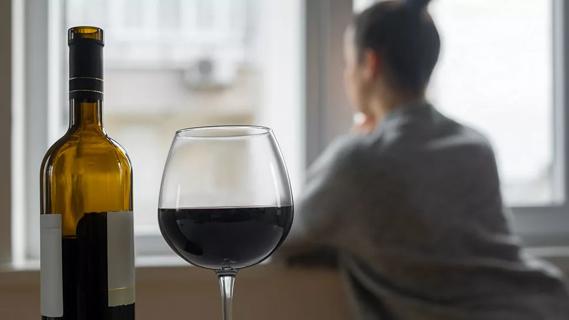
Even one drink can have an impact on your cognitive function leading to slurred speech, blurred vision and impaired memory
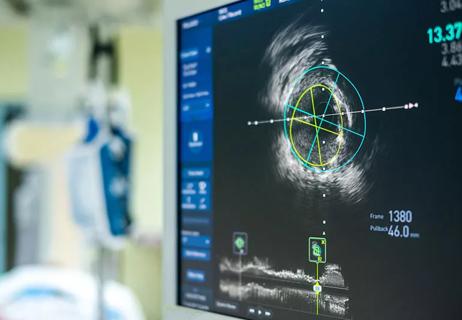
Understand who may (and may not) benefit
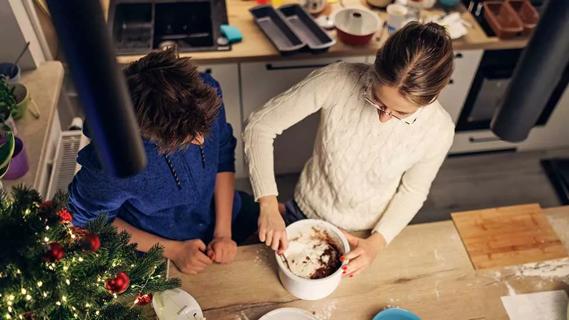
Lorem ipsum dolor sit amet. Et odio Quis vel ipsam omnis eum alias deleniti et placeat impedit non voluptas galisum hic autem enim et cupiditate aliquid. Est beatae quidem non facilis autem ut commodi nisi aut tempore rerum et dolores voluptatem cum enim optio id sapiente quasi. Ad laboriosam officiis 33 cupiditate sequi ea voluptatum consectetur qui necessitatibus voluptate et quasi doloremque et facere explicabo quo explicabo officia
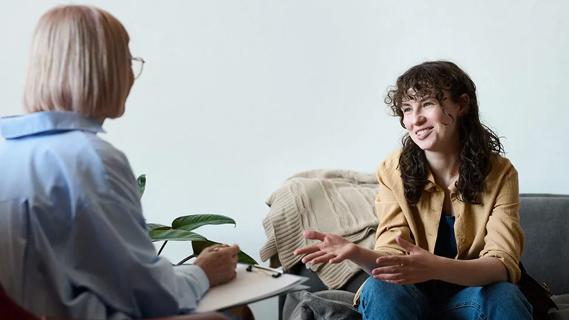
Seeking help through therapy can be an important step in improving your quality of life when you have UC
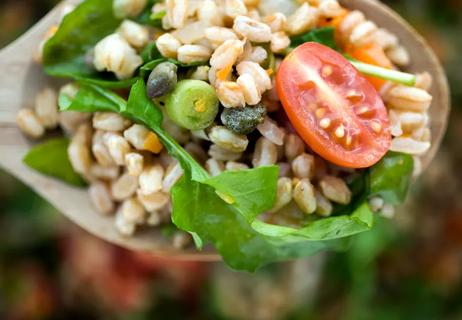
Type 2 diabetes isn’t inevitable with these dietary changes

Applying a hot or cold compress can help with pain